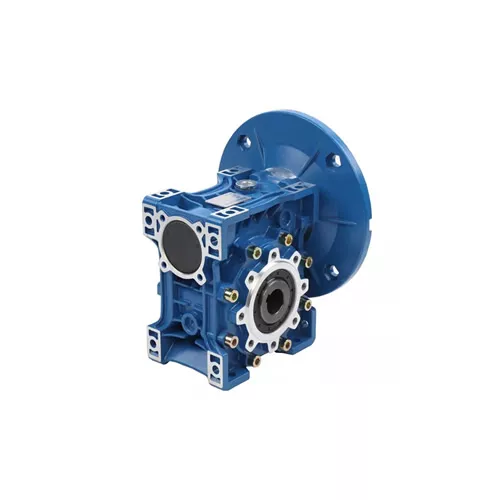Mobile:+86-311-808-126-83
Email:info@ydcastings.com
Fundamental Concepts and Techniques of Metal Casting for Efficient Manufacturing Processes and Quality Control
Principles of Metal Casting An Overview
Metal casting is a crucial manufacturing process that involves pouring molten metal into a mold to create shaped objects. This technique is fundamental in various industries, providing both functionality and aesthetic appeal to numerous products, from automotive components to intricate jewelry. To understand the dynamics of metal casting, one must grasp the principles that govern this age-old craft.
At its core, the metal casting process is predicated on several key principles material selection, mold design, pouring technique, and cooling rate. Each of these factors plays a pivotal role in determining the quality and precision of the final product.
Material Selection
The first step in the casting process is selecting the appropriate metal. Common casting metals include aluminum, iron, bronze, and brass, each possessing unique properties such as melting point, fluidity, and solidification behavior. The choice of material affects the mechanical properties of the cast item, therefore significantly influencing its application. For instance, aluminum is favored for its lightweight and corrosion resistance, making it ideal for automotive parts, while cast iron is preferred for engine blocks due to its strength and durability.
Mold Design
The design of the mold is equally critical to the casting process. Molds can be made from various materials, including sand, metal, or plaster, and can be either reusable or disposable. A well-designed mold facilitates the proper flow of molten metal, allows for the release of gases, and ensures that the final product reflects the desired shape and dimensions. Factors such as draft angles, venting, and surface finish are essential considerations during mold design to minimize defects like misruns or cold shuts.
principles of metal casting

Pouring Technique
Once the mold is prepared, the next principle involves the technique used to pour the molten metal. The pouring method can significantly influence the casting's integrity. For instance, a slow and controlled pouring can help reduce turbulence, minimizing the risk of air entrapment and other defects. Temperature is also a critical factor; the molten metal must be at an appropriate temperature to ensure proper fluidity and filling of the mold before it begins to solidify.
Cooling Rate
The cooling rate of the cast metal affects its microstructure and ultimately its mechanical properties. Rapid cooling can lead to a fine-grained structure, improving strength, whilst slower cooling may yield a coarser grain structure, impacting toughness. Control over cooling can be achieved by adjusting the mold material and thickness, or by using external cooling methods. Understanding the relationship between cooling rates and material properties is vital for engineers to tailor castings for specific applications.
In addition to these principles, ongoing advancements in technology are enhancing the casting process. Innovations such as computer-aided design (CAD) and computer numerical control (CNC) machining allow for greater precision in mold design and production. Furthermore, 3D printing is emerging as a disruptive technology, enabling the creation of complex geometries that were previously difficult or impossible to achieve with traditional methods.
In conclusion, the principles of metal casting are foundational to its successful application in manufacturing. From selecting the appropriate metal to careful mold design, controlled pouring, and managing cooling rates, each stage of the casting process requires a thorough understanding of the underlying principles. As industries continue to evolve and demand higher performance materials and components, adhering to these principles while embracing technological advancements will be key to achieving excellence in metal casting. The ongoing synthesis of traditional techniques with modern innovations heralds a promising future for this essential manufacturing process.
-
What Makes Stainless Steel Pump Casting Essential for Modern Industries?NewsJul.14,2025
-
Revolutionize Your Engine Maintenance with Premium Aluminum and Cast Iron ComponentsNewsJul.14,2025
-
Precision Flow Engineering Starts with the Right Pump ComponentsNewsJul.14,2025
-
Maximize Efficiency: Explore Reliable Containment and Crop SolutionsNewsJul.14,2025
-
Discover Superior Performance with Advanced Turbo ComponentsNewsJul.14,2025
-
Boost Fluid Dynamics with Precision-Engineered Pump ComponentsNewsJul.14,2025











